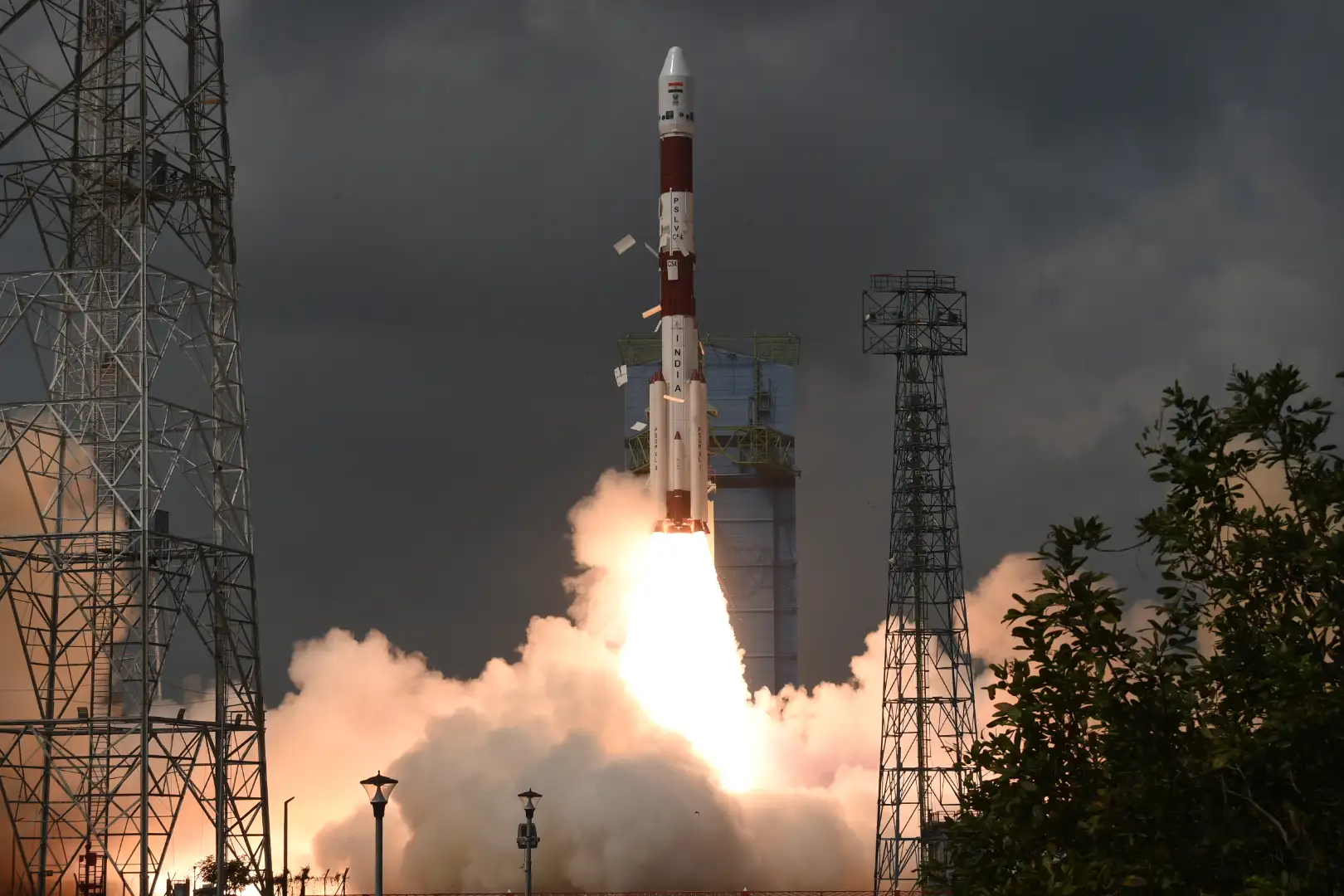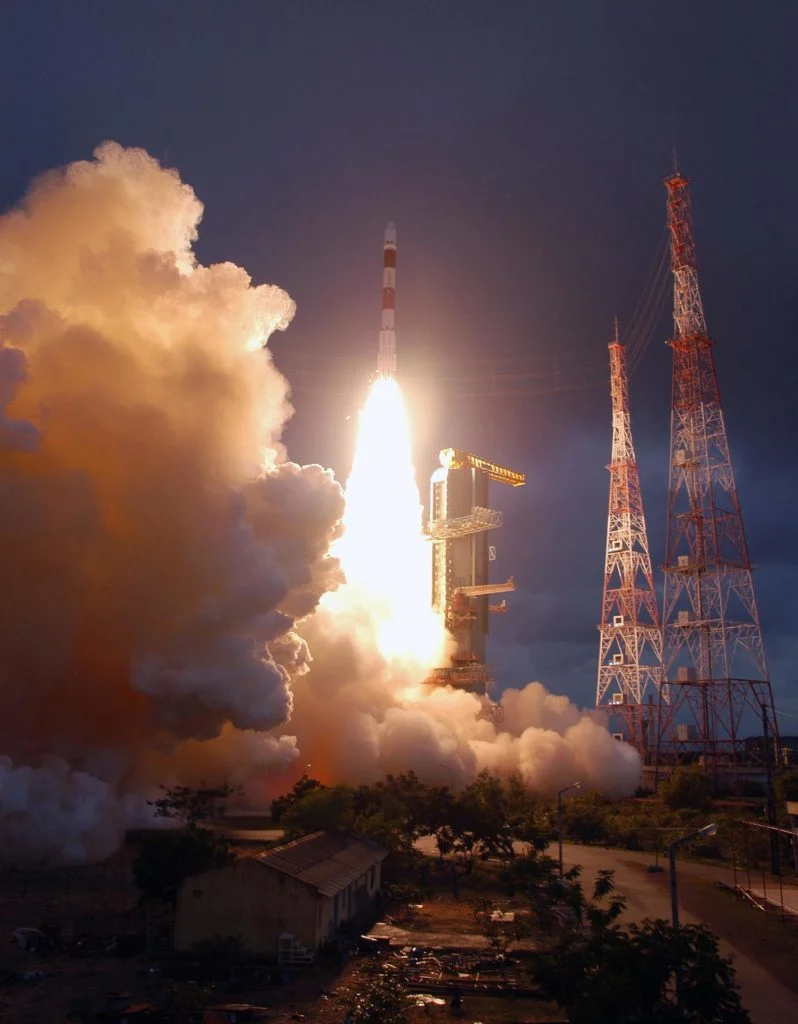PSLV-C58 Launched With XPoSAT Mission: Isro Starts 2024 With A Thunderous Boom
The globe welcomed 2024 with the launch of the PSLV-C58 mission from Sriharikota’s Satish Dhawan Space Centre.
PSLV-C58 Launched With XPoSAT Mission
The Indian Space Research Organisation (Isro) welcomed 2024 with a resounding launch of the Polar Satellite Launch Vehicle (PSLV) on its 60th mission, transporting the XPoSat mission into orbit. This mission followed 2023’s successful lunar landing. At 9:10 am IST, the globe welcomed 2024 with the launch of the PSLV-C58 mission from Sriharikota’s Satish Dhawan Space Centre.
Have a look at:
#ISRO begins 2024 in Style!
Successful launch of PSLV-C58/ 🛰 XPoSat Mission.
Proud to be associated with the Department of Space at a time when Team @isro continues to accomplish one success after the other, with the personal intervention & patronage from PM Sh @narendramodi. pic.twitter.com/cisbjpUYpH— Dr Jitendra Singh (@DrJitendraSingh) January 1, 2024
Again, India’s most successful booster, the launch vehicle, succeeded in placing the satellite into its planned orbit above the Earth, where it will begin to study black holes and other mysterious cosmic phenomena. The mission launch was hailed by Isro chief S. Somanath as a “successful” accomplishment. “The orbit has been accomplished,” Somnath wished India a joyous new year. A thrilling period lies ahead of us.
Isro’s X-ray Mission: What Is It?
India has launched its first polarimeter satellite, the X-ray Polarimeter Satellite (XPoSat) to learn about the many dynamics of intense X-ray sources in the sky. Astronomical objects’ X-ray polarisation can be measured and studied through a process called polarimetry. Polarimetry goes beyond what conventional imaging and spectroscopy can reveal when studying neutron stars, black holes, and other high-energy astronomical X-ray sources. Researchers can gain a better understanding of the magnetic fields, geometry, and emission mechanisms linked to these energetic particles by determining the X-ray polarisation.
This property of black holes is being studied by spacecraft operated by Isro, the second space agency to do so after NASA. By studying the polarisation of X-rays emitted by astronomical objects, the polarimetry mission hopes to learn more about their structures and current states.
When Isro sent XPoSat into orbit, it was a message that India was prepared to send probes into uncharted territory for the sake of pure science. An expert in solar energy and spacecraft solar panels, Manish Purohit, a former scientist at Isro, stated that this mission gives universities a huge platform to help the country with its space exploration efforts, which improves R&D. Neutron star magnetic field structure and geometry, galactic black hole binary sources, and X-ray emissions will all be investigated and confirmed throughout the trip.
Look at the video:
Bright morning of 2024 made brighter by majestic lift-off 🚀🇮🇳
Congratulations Team ISRO on the successful launch of the PSLV-C58/XPoSat satellite, this morning!
XPoSat achieves a flawless lift-off aboard PSLV-C58!
A historic milestone as the first dedicated mission for… pic.twitter.com/6gcRMQjpDH— Devendra Fadnavis (@Dev_Fadnavis) January 1, 2024
In what year did ISRO debut?
The POLIX and XSPECT scientific packages, which are mounted on the spacecraft, will function in a low Earth orbit. Black holes, neutron stars, and active galactic nuclei are just a few of the astronomical objects whose emission mechanisms these sensors aim to shed light on. The main payload, POLIX, measured the degree and angle of polarisation in the medium X-ray energy range and was developed by the Raman Research Institute in partnership with the U R Rao Satellite Centre. The intended lifespan of this payload is 5 years, during which time it will reportedly study 40 brilliant astronomical sources.
The XSPECT payload is designed to provide high spectroscopic resolution in soft X-rays with quick timing. Long-term spectral state change monitoring and simultaneous soft X-ray emission monitoring are part of XSPECT’s mission.
In Space, Isro Writes a Poem
Once again, Isro has chosen to cleverly utilize the fourth stage of the PSLV. Before its eventual demise in a few years, PSLV Stage 4 would progressively descend into Low Earth Orbit. Isro has chosen to change that this time around and has installed ten separate experiments in this stage to be tested in space.
To bring the PSLV Orbital Experimental Module (POEM) into operation, Isro will twice restart the fourth stage of PSLV-C58, bringing its orbit down from 650 km to 350 km. In addition to Dhruva Space and Bellatrix, the payloads were created by K J Somaiya Institute of Technology and K J Somaiya Institute of Technology for Women, two private companies. The Gaganyaan mission and the combined mission with NASA called Nisar are just two of the major initiatives the Indian space agency has planned for 2024, which is getting off to a roaring start.


















